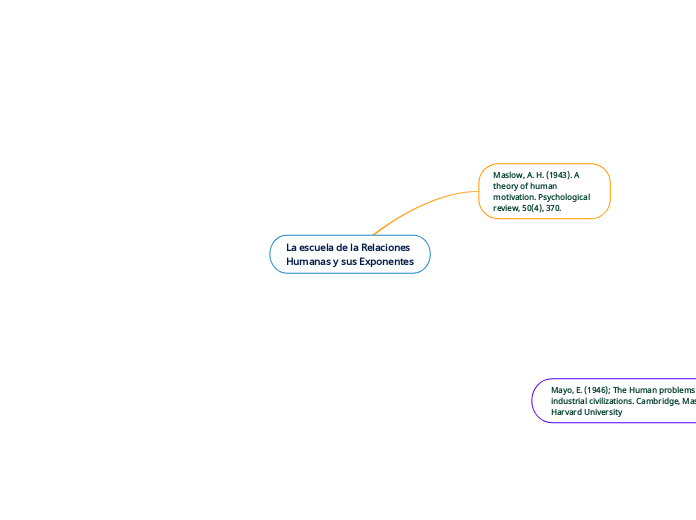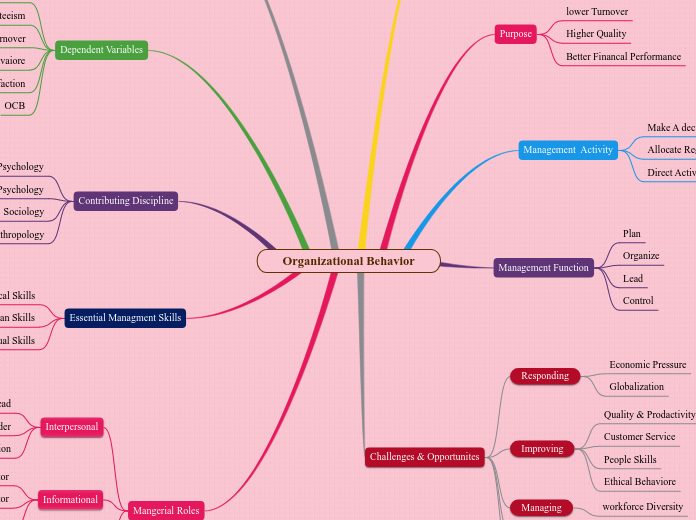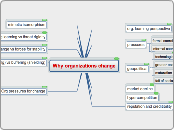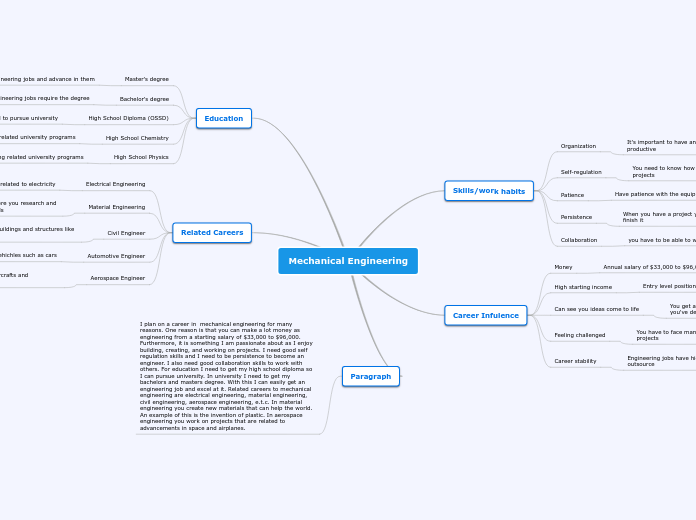by MIOSSOTTY KATHERINE NARANJO KEANCHONG 3 years ago
181
La escuela de la Relaciones Humanas y sus Exponentes
The listed works provide a comprehensive exploration of organizational theory and human behavior within professional settings. Crozier's study delves into bureaucratic phenomena, while Etzioni offers a comparative analysis of complex organizations.









